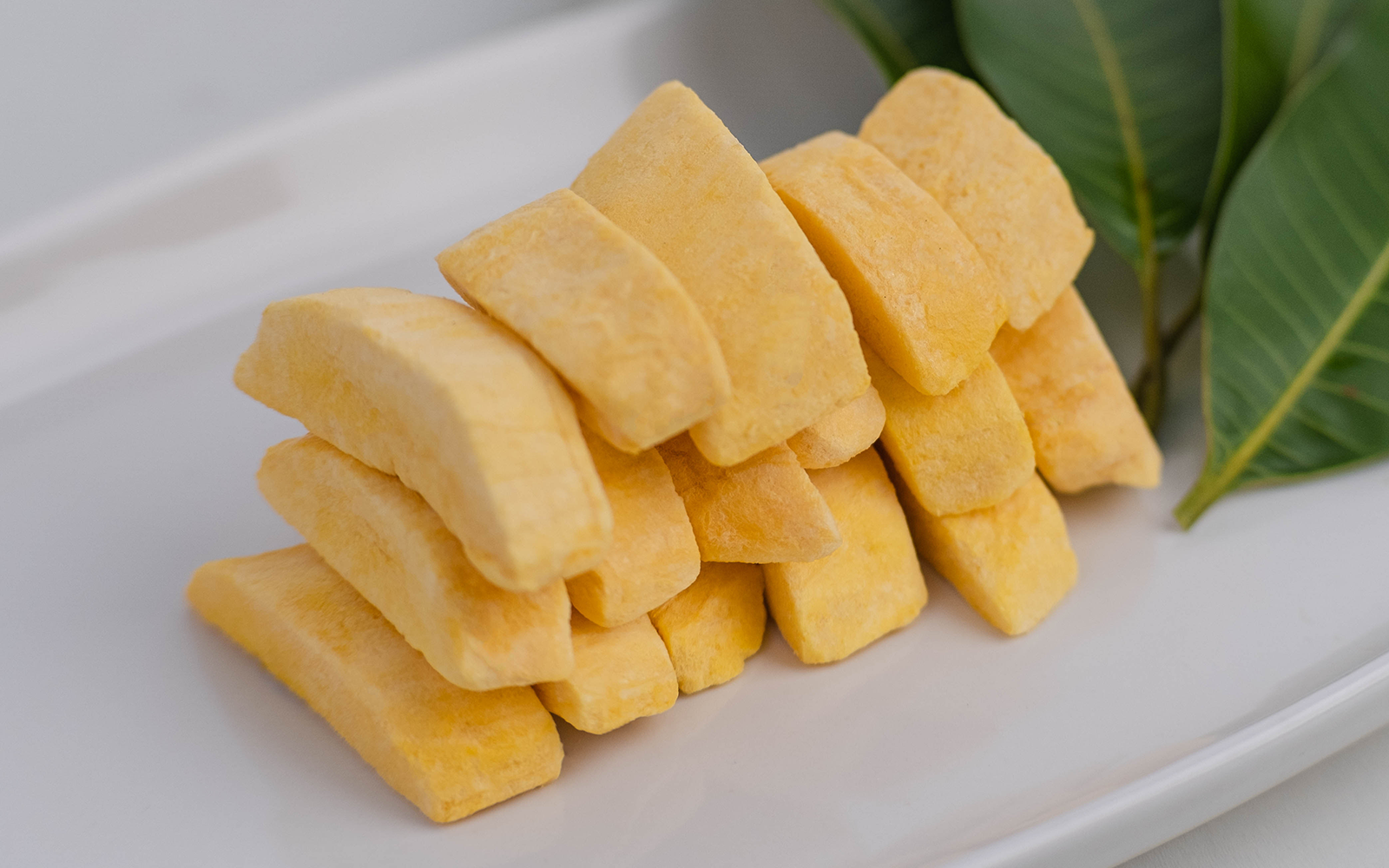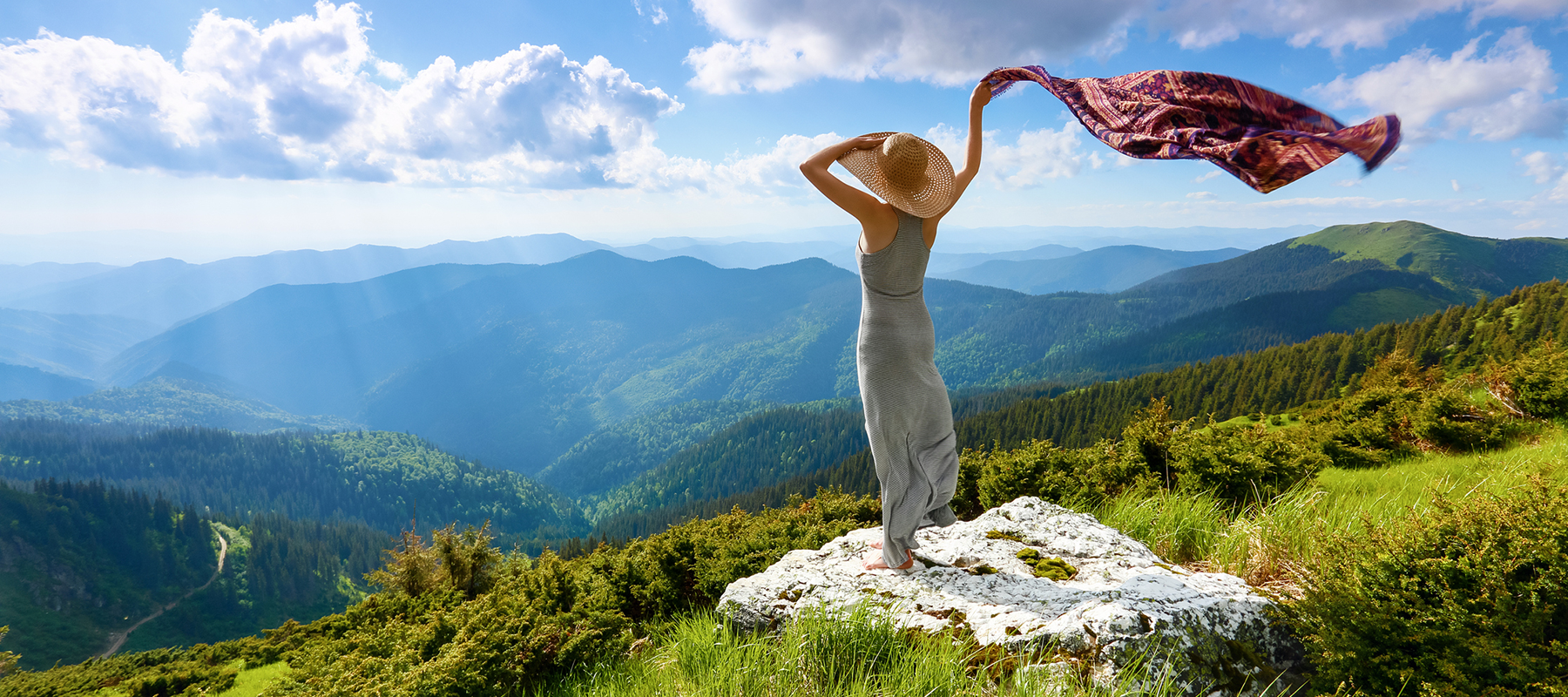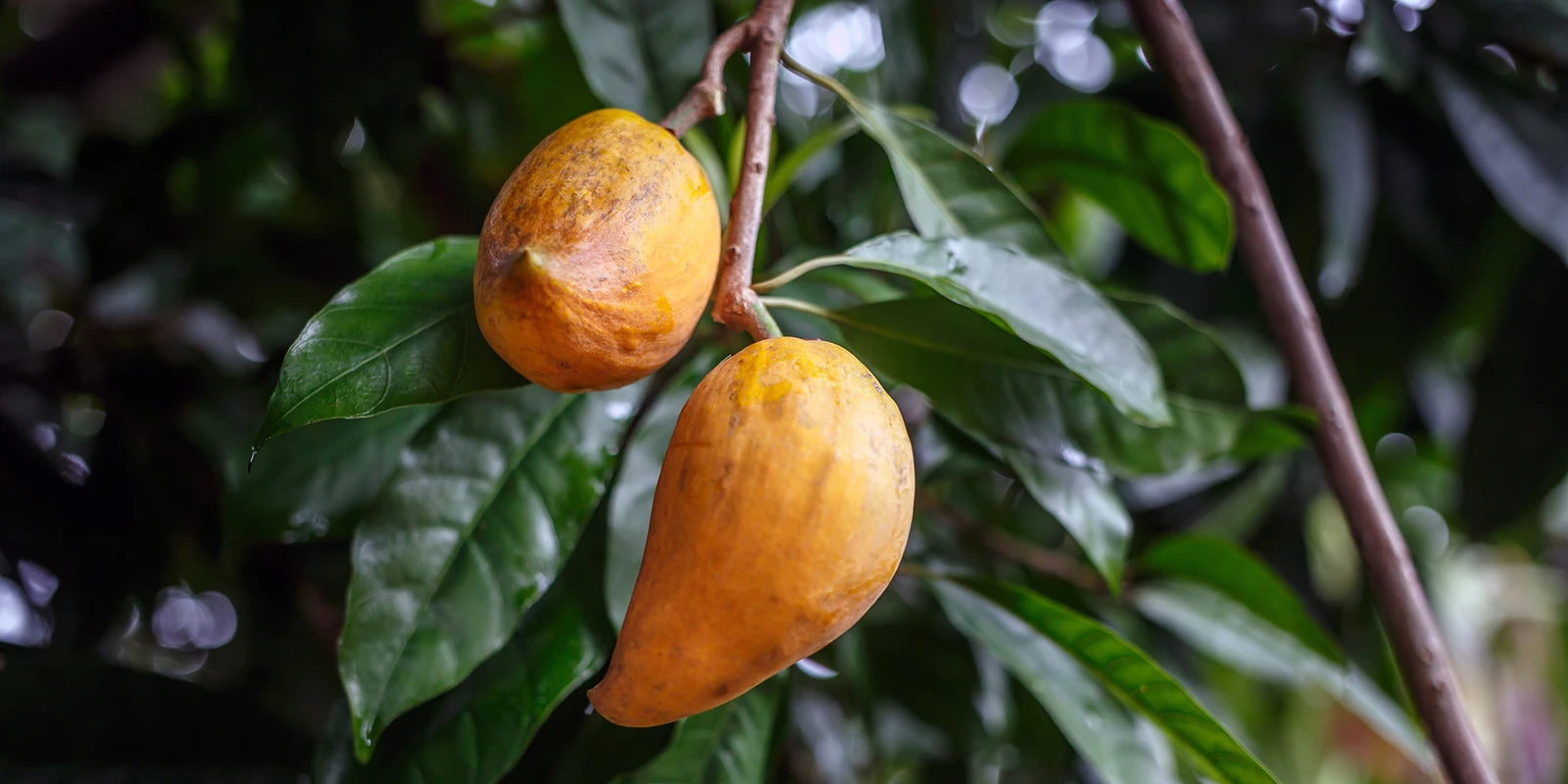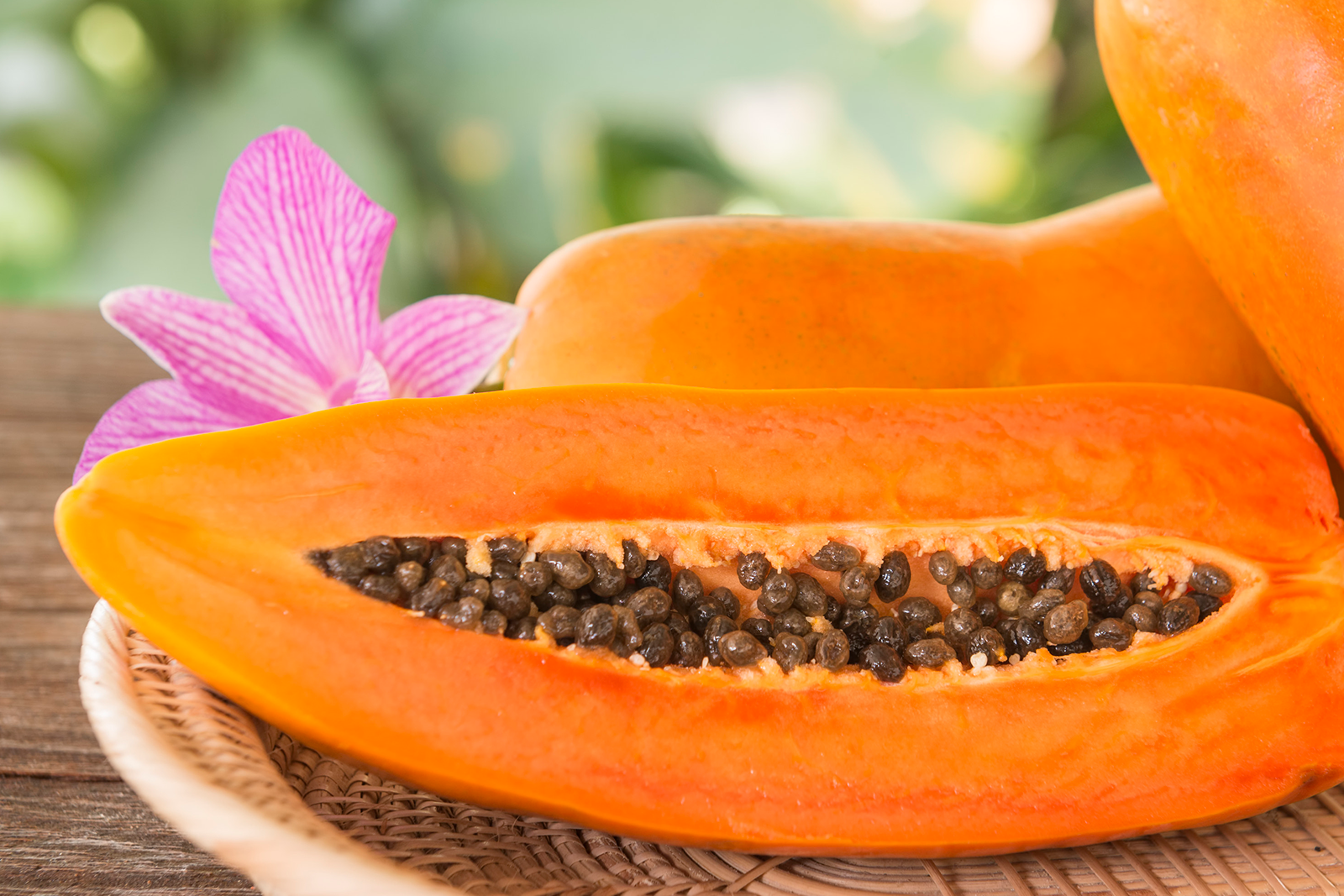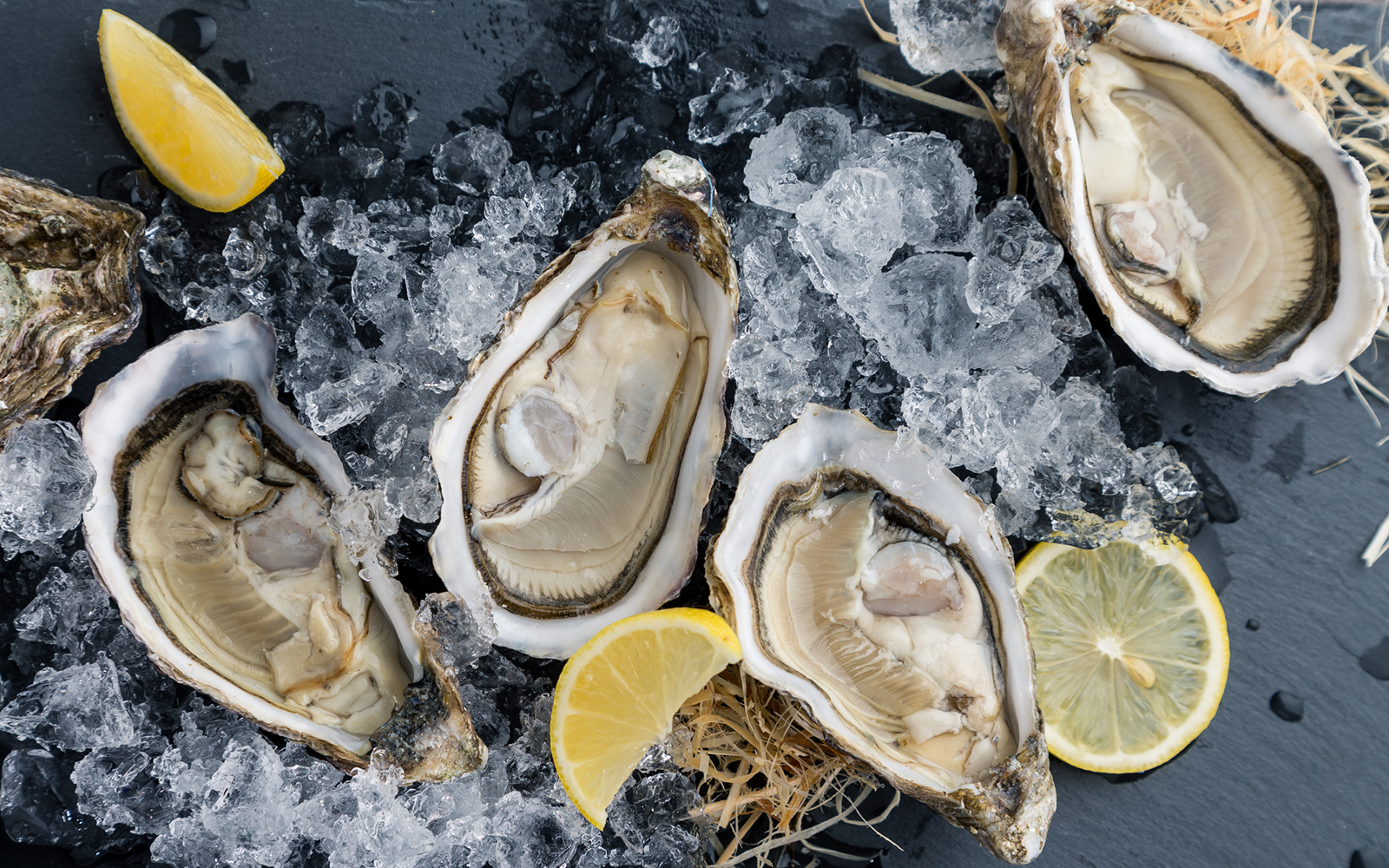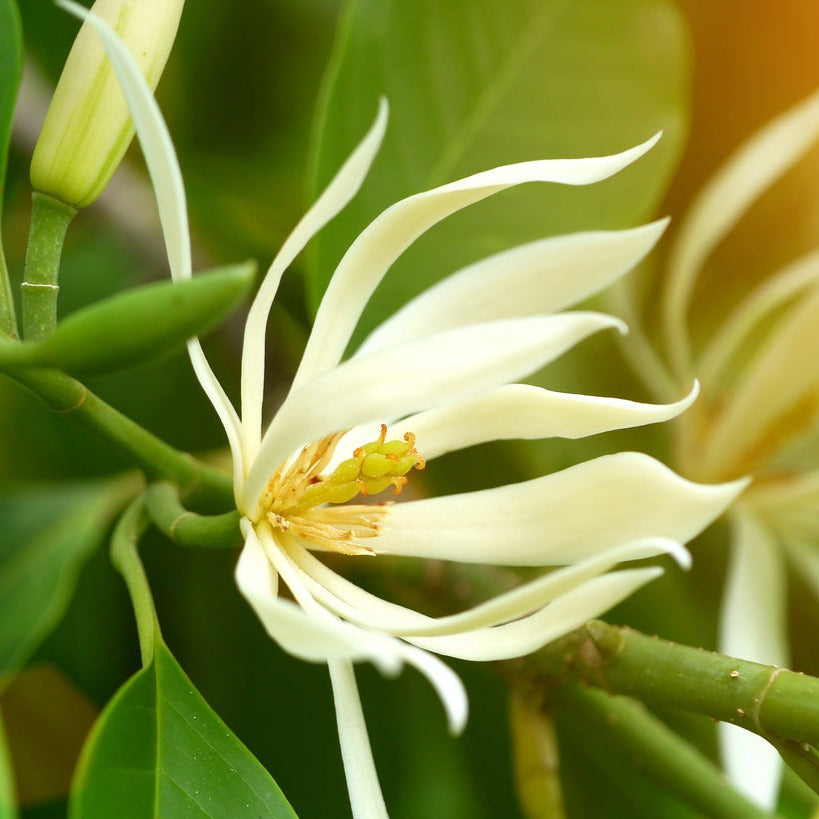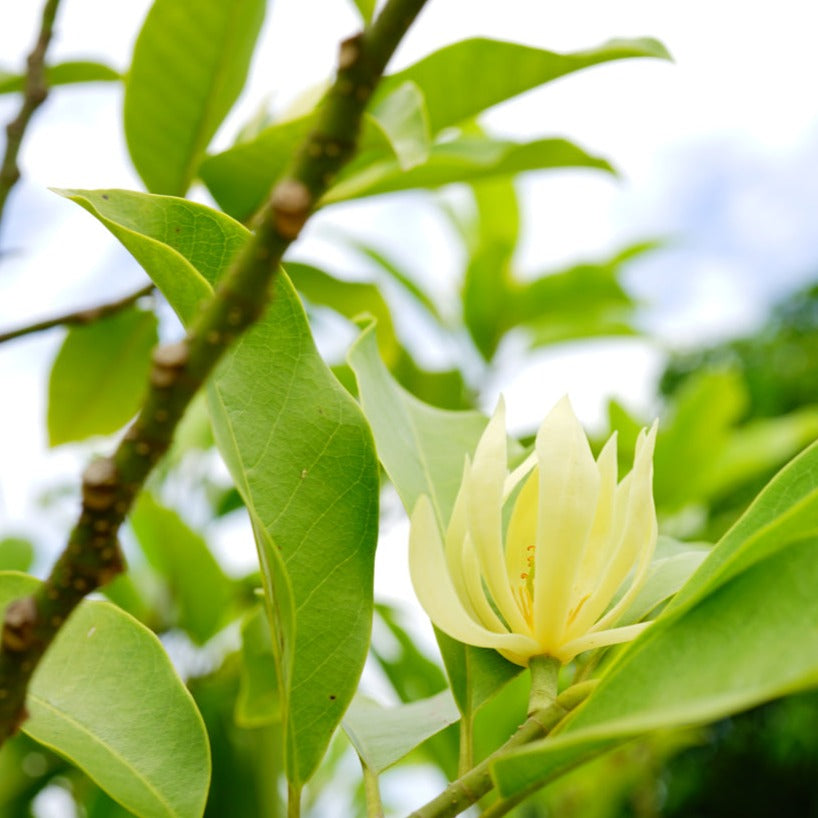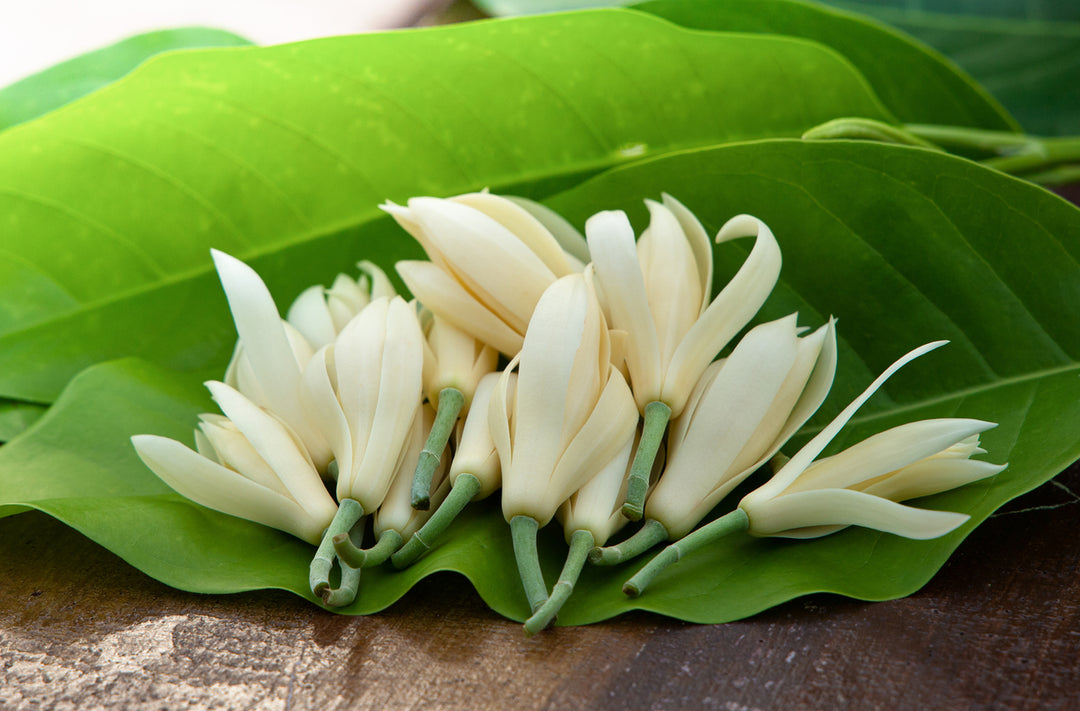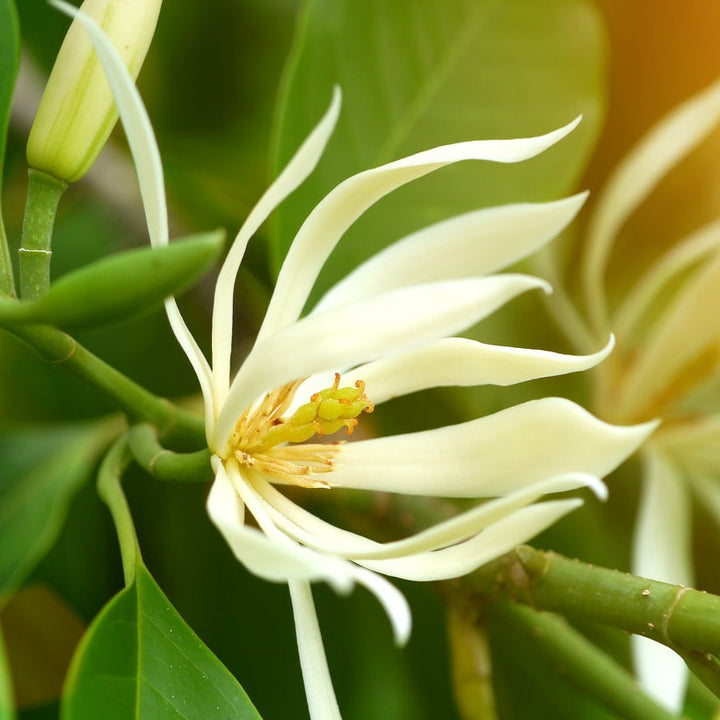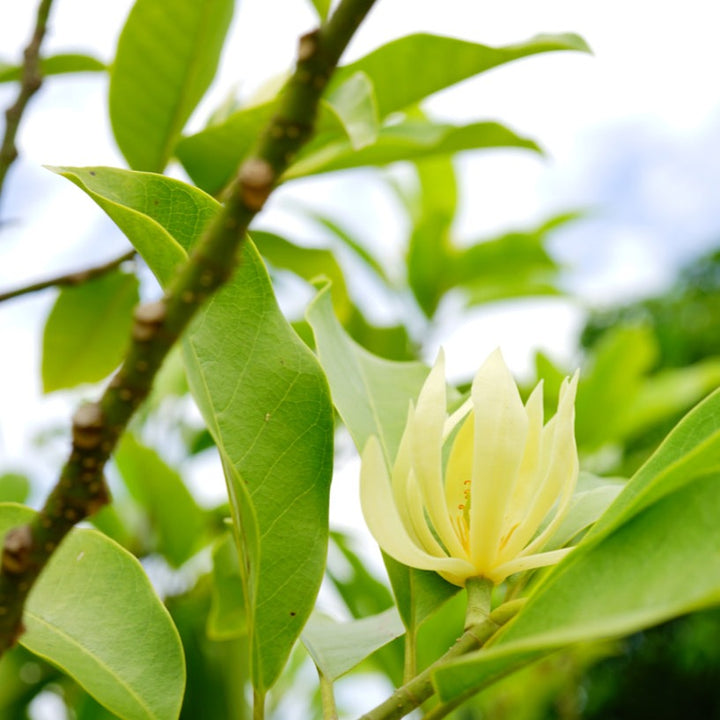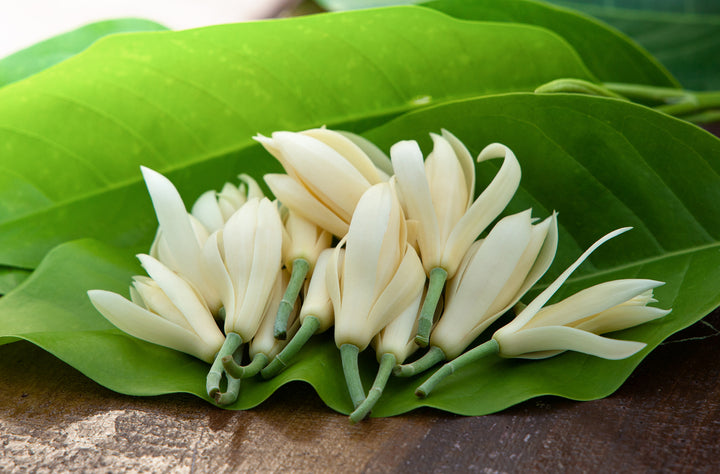Champaka Plant - Matured Grafted (Dwarf Chempaka)
Chempaka (Magnolia Champaca)
Note that this is dwarfing variety so wont grow too tall and perfect in garden container or pretty looking pot by your outdoor dining or pool area.
Magnolia Champaca, known in English as champak, is a large evergreen tree in the family Magnoliaceae. It was previously classified as Michelia champaca. It is known for its fragrant flowers, and its timber used in woodworking. In Magnolia family Champaka is the rarest variant and the hardest to graft with only 10-20% of success rate, hence this plant is highly sought after.
Although the Champaca is a lovely tree, it’s the scent from its nonshowy flowers that will linger in your memory. The only thing harder than describing the scent of the Champaca’s blooms would be describing the scent of your newborn baby. Breathe in, and you’ve arrived at a place of purity, peace and happiness.
Himalayan region and subtropics of India, Champaca has jasmine like blooms that locals use as offerings during prayers and rituals because they believe the heady scent rises up to heaven to get the gods’ attention as they ask for good fortune. This scent will permeate the air on warm, humid nights, or infuse your hair when you adorn it with a single bloom. A home can be scented by floating blossoms in bowls of water here and there around the house, or try it on your bedside table for a good night’s sleep.
So prized is the scent that essential oil from the Champaca’s blossoms is blended with the oils of more than 600 roses to make the world’s most expensive perfume, Joy by Jean Patou. As a landscape plant, this member of the magnolia family can resemble an avocado tree. While useful to disguise fences and a reliable semitropical foundation plant for the backyard, Champaca is probably best grown in pots so you can move them into courtyards and near doorways and windows to welcome guests with their delicious fragrance.
Tibetans believe the Buddha of the next era will find enlightenment under the flower canopy of the Champaca tree. I believe you can share in the enlightenment by taking the opportunity now to plant and enjoy this beautiful tree.
Plant Care
- Soil: Prefers fertile, well-drained soil with a slightly acidic to neutral pH.
- Watering: Keep soil evenly moist, particularly in hot, dry weather.
- Temperature: Best in warm climates, between 20°C and 30°C. Protect from cold drafts and frost.
- Light: Thrives in full sun to partial shade.
- Fertilising: Use a balanced NPK fertilizer like 10-10-10 every other month during the growing season. Supplement with iron if leaves show chlorosis.
- Pruning: Prune to shape the tree and remove dead or diseased branches annually.
- Mulching: Apply a thick layer of organic mulch around the base to retain moisture and regulate soil temperature.
- Pest Control: Check for aphids and scale insects, treat with horticultural oils as necessary.
- Flowering and Fruiting: Known for its highly fragrant flowers used in perfumes; does not typically produce fruit.
- Potting: Can be grown in large pots, but it is usually better suited to being planted in the ground.
- Feeding Regime: Regular feeding helps promote vigorous growth and abundant flowering.
We ship our plants and garden supplies throughout New Zealand. Due to the increased costs of shipping and packaging, we now apply a delivery charge. After offering free shipping for three consecutive years, we find it necessary to adjust this policy to align with current market conditions. However, we have lowered our prices to help offset this change.
Please note, we do not ship plants or garden supplies internationally from New Zealand. We do export plants and tissue culture materials from our overseas nursery, which requires a minimum order. Please contact us at hello@exoticanz.com to discuss your specific requirements.
Shipping (plants) from:
North Island Urban $25
North Island Rural $35
South Island Urban $25
South Island Rural $35
Shipping Garden Supplies:
North Island Urban $20
North Island Rural $25
South Island Urban $35
South Island Rural $45
Delivery
- Our plants are available for shipment from September to April, depending on stock levels. Typical delivery times range from 5 to 7 business days, although they can take up to 10 business days depending on the destination.
- We take extra care in packaging; most of our plants are secured in bespoke inserts and shipped in individual boxes to ensure they arrive undamaged.
- Deliveries are scheduled once a fortnight, typically on Monday. If you place your order over the weekend, we aim to dispatch your plants on the following Monday. This scheduling allows our team to prepare your order thoroughly and ensures the courier has sufficient time to deliver your plants safely, avoiding any unnecessary delays over the weekend.
- All orders are shipped via courier track and trace service (not signature required)
- We cannot deliver to PO Box addresses.
- If you have a rural address, please contact us beforehand to discuss the best delivery options and avoid any potential issues.
Additional Delivery Information
- Most plants are shipped with soil. During the cooler months, we closely monitor weather conditions and may temporarily delay shipments if the weather is particularly severe. Our packing process includes adding insulation when necessary to protect the plants against temperature extremes.
- In summer, we ensure that plants are thoroughly watered before they leave our nursery. Occasionally, we may need to ship plants bare-rooted, particularly when they cannot be comfortably re-potted into smaller packaging for shipping. We will always discuss this with you in advance if your plant needs to be shipped in this manner.
- It's important to note that shipping can be a stressful experience for plants, often due to spending several days in a dark, confined space. While most plants withstand this with little to no stress, some may experience leaf drop. However, they generally recover quickly with some additional care, including proper watering and gradual reintroduction to light after arrival.


